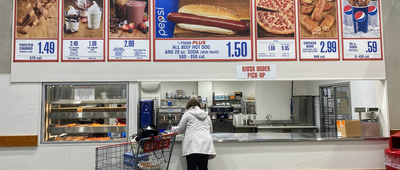Happy Accidents
Sometimes, the best things happen when you least expect them. While one might think that behind the things that we use every day, there were months, or even years of meticulous planning and experimentation, some of the most revolutionary inventions were the result of pure serendipity. Here are nine accidental inventions we use every day.
Related: The Greatest American Inventions of the Past 50+ Years


















